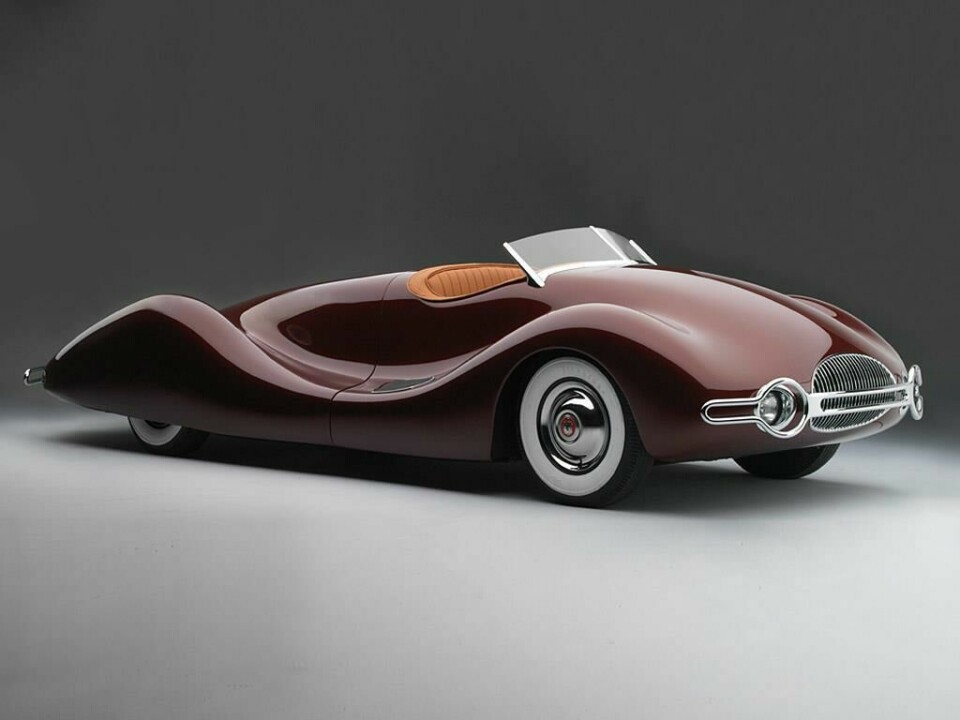
Concept Car of the Week: Norman Timbs Special (1948)
Like a Hollywood take on a German race car, this sleek road-legal roadster was both out of place and time
Norman Timbs was an automotive engineer who worked with Preston Tucker on the Tucker 48, and engineered a number of Indianapolis 500 racers in the 1930s and 1940s, including the legendary Blue Crown Specials.
Timbs was enamored with the sleek design of German race cars of the late 1930s, cars such as the Mercedes W25 Avus Stroemlinie and the Auto Union Typ C Stroemlinie that were dramatic both in their streamlined design and their performance on the track. After the Second World War, he began to draw up plans for his own car, a street-legal roadster that would apply some of the lessons he had learned from race car design.
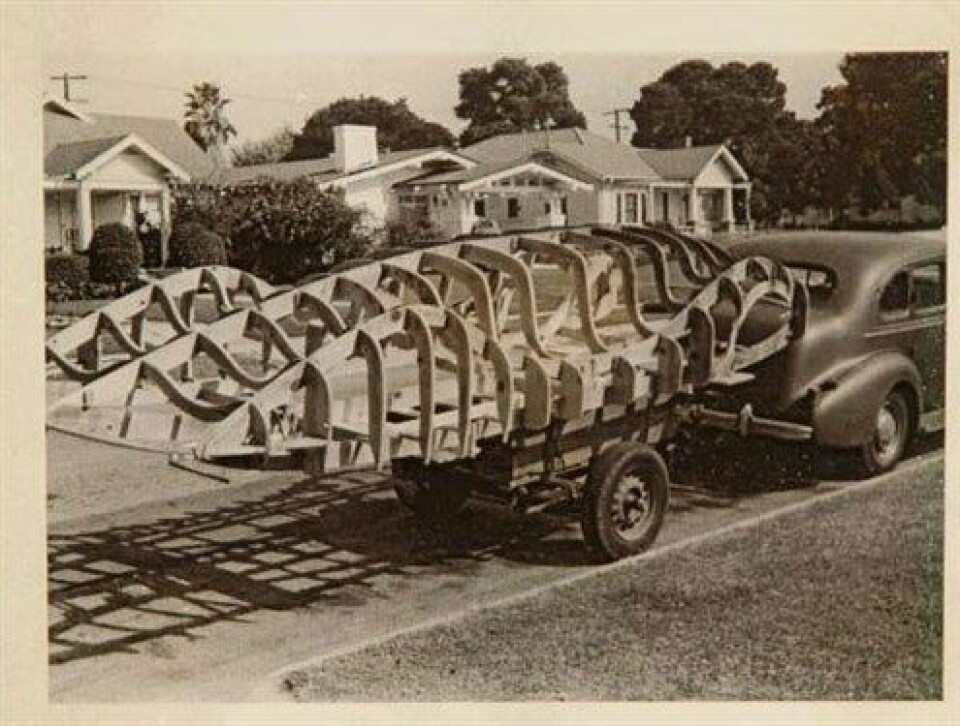
Timbs’ design process, complete with copious detail studies, maquettes and a full-scale model, would stretch out over the next two years. The resulting car was 5.5m long, a curvaceous two-seater with voluptuous fenders and a exaggerated tail that seemed to stretch the entire car. Unlike other cars of the period, the Special was cab-forward in its seating, with a straight-eight Buick engine placed amidships. The cockpit sat two, with no roof, no door, and a chopped windshield. The front end sloped down to a rounded nose. Overall, its appearance was like a Hollywood version of the Auto Union race car.
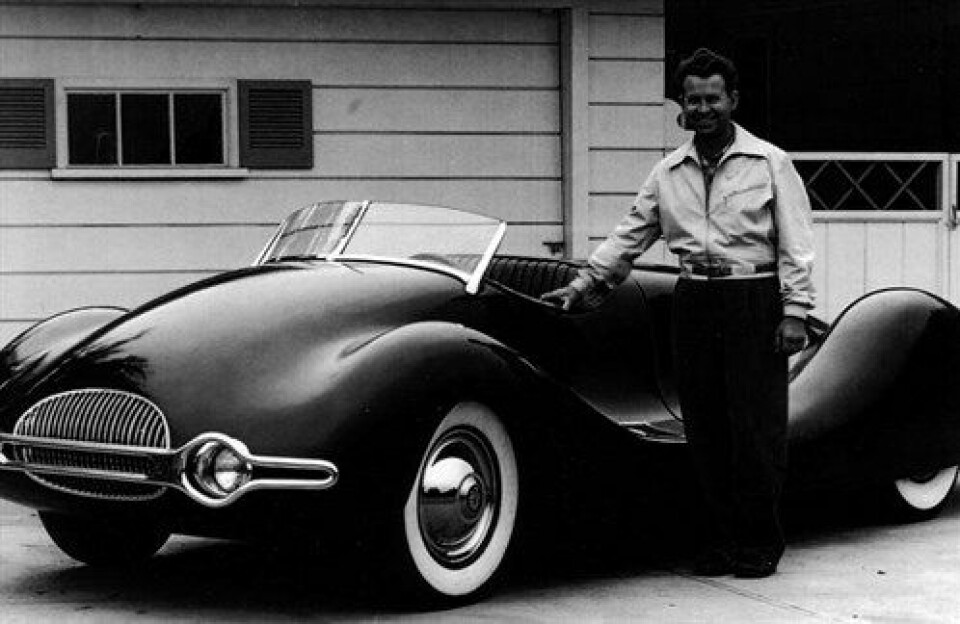
The Special sat on a 4-inch tubular frame and sported a 117-inch (2972mm) wheelbase. The Buick engine was placed just forward of the rear wheels, and the frame extended rearwards to support the extended body and to hold the spare tire. The body shell was constructed of aluminum, hand-formed over a wooden buck; the entire rear end lifted to expose the engine and spare tire bay. Total weight was only 2200 pounds (1000 kilograms), remarkably light for a car of that time.
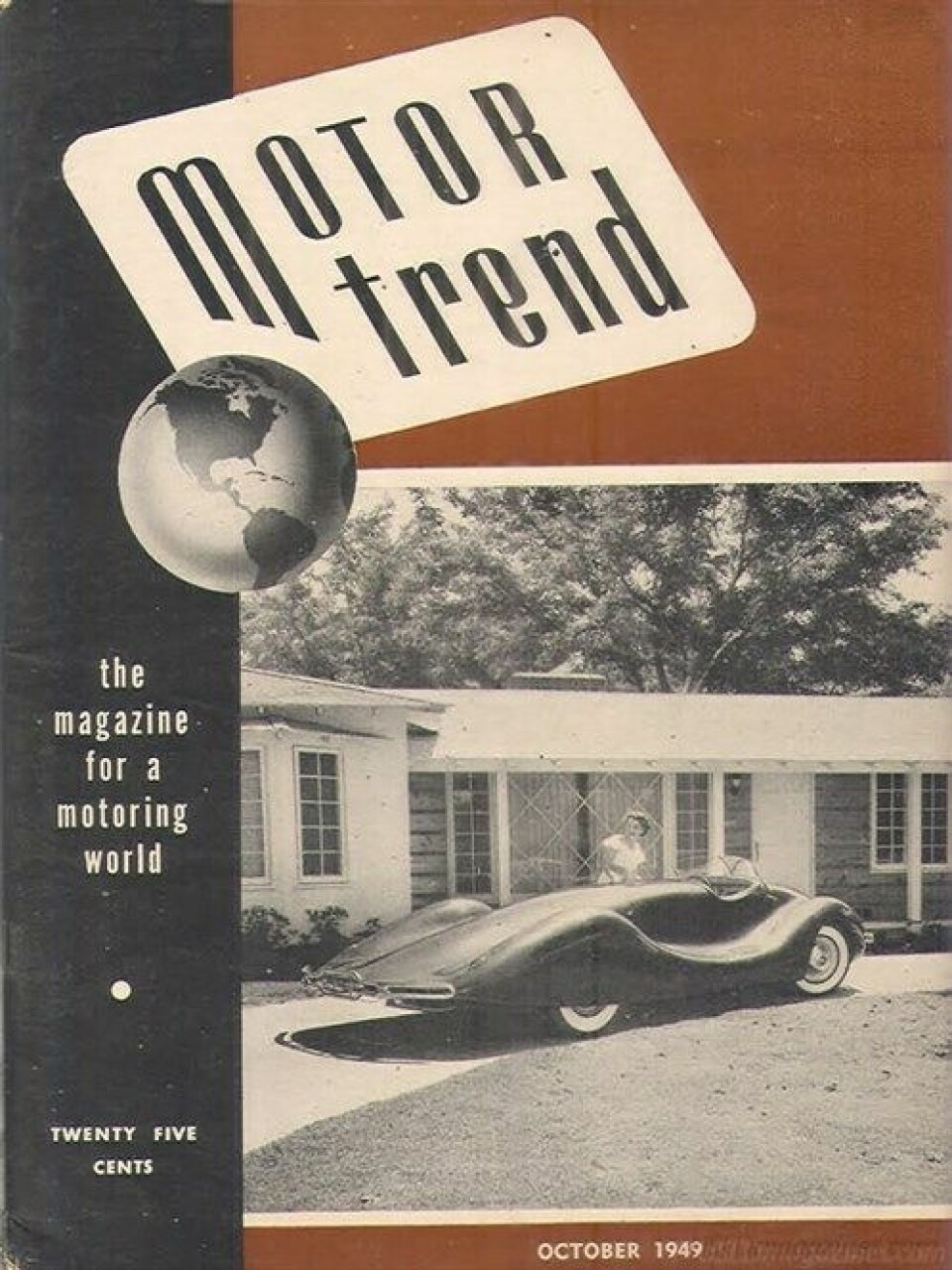
The Special received widespread publicity upon its completion. Motor Trend, then a new publication, featured it on the cover of its second issue, and it was also featured in Popular Mechanics, Motor Life, and others. There was some talk of a limited production run, but no plans were ever advanced. It would have been too expensive to fabricate and produce (Timbs had spent $10,000 to build the Special, enough to buy three new Cadillacs of the time), and the two-seat format, with no doors or roof, was impractical for all but the most dedicated open-top touring enthusiasts.
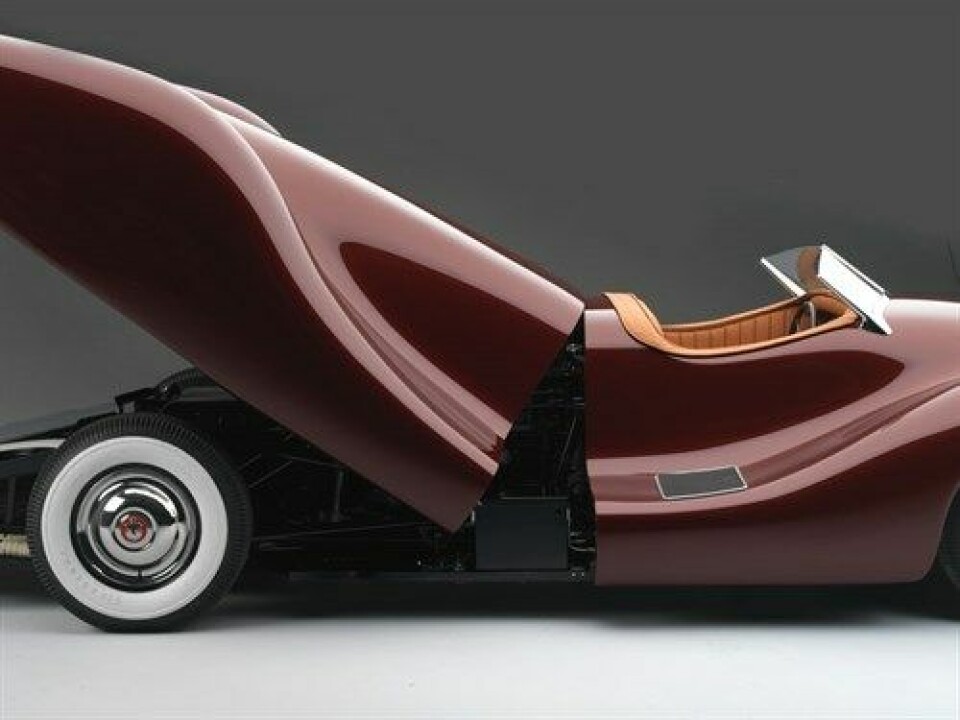
And, in truth, the design was dated even for 1948. The hot concept of that year was the Chrysler Thunderbolt, a sleek convertible with hidden wheels inside a streamlined box-like body. New cars like the Studebaker Champion and the 1949 ‘Shoebox’ Ford would begin to dispense with exposed fenders altogether. And the new Cadillacs of 1948 sported strange vertical protrusions at the rear that GM called “tailfins”. It was clear a new era was dawning.
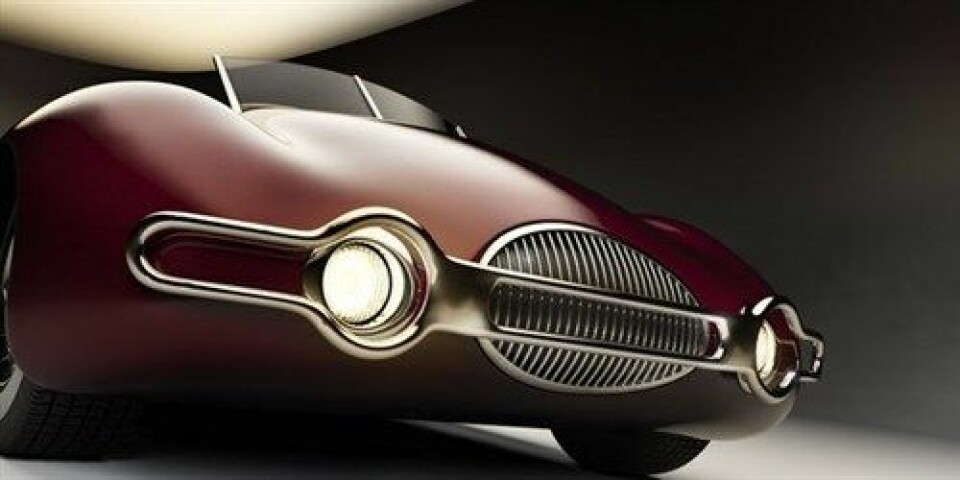
Timbs would drive the Special for a few years and then sell it. It changed hands a few times, and even did some time as a children’s play structure outside a restaurant. Eventually, it found its way to a junkyard out in the California desert; it was discovered there by Gary Ceverny of Malibu, Calfornia, who rescued it in 2002 and undertook a painstaking restoration. It reappeared in 2010 at the Amelia Island Concours, where it won a number of awards, and has since toured and been shown across the U.S., perhaps most notably at the Dream Cars exhibition in Atlanta and Indianapolis.
It was in Atlanta that I first saw the Norman Timbs Special, when walking the Dream Cars exhibit with Chris Bangle and Paolo Martin. When I asked Martin about his favorite cars at the show, along with the L’Oeuf Electrique he pointed out the Special, noting its joyous flouting of the rules of conventional roadster design, its voluptuous proportions, and its flamboyant presence. We couldn’t agree more.



